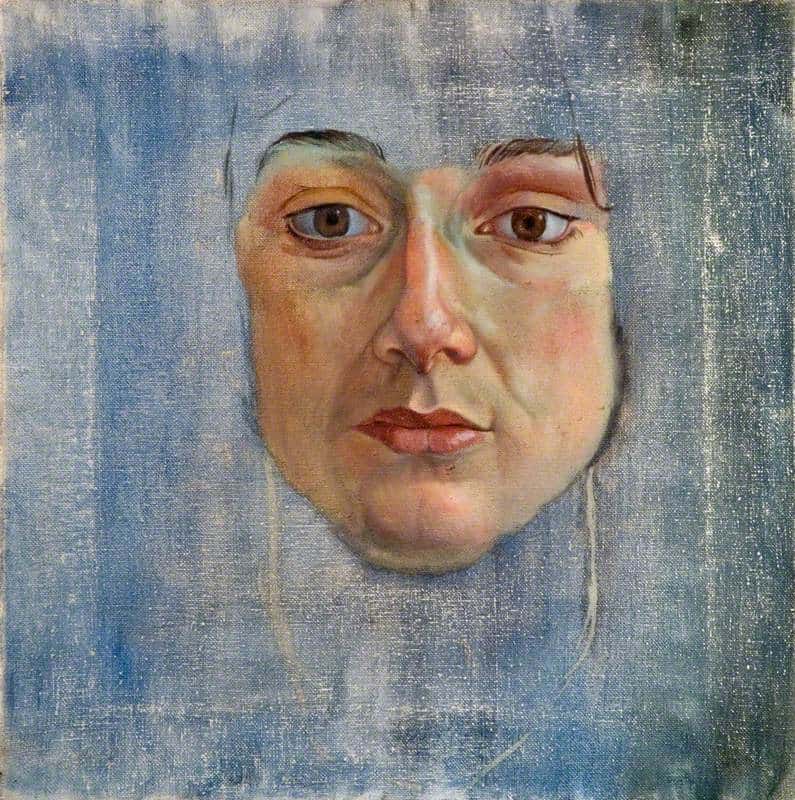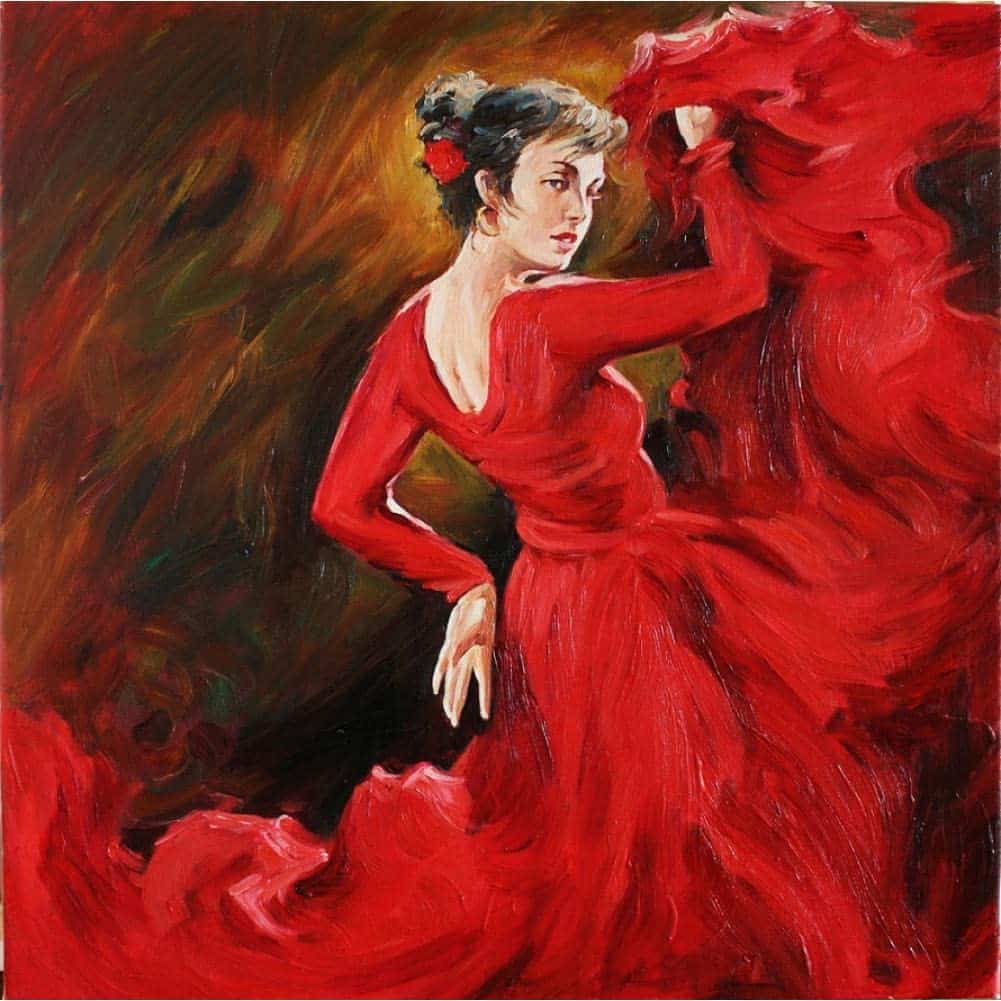
What fine art is and when choose it

Fine Art is typically associated with realistic art that represents its subject in an aesthetically pleasing manner. It is the culmination of over four hundred years of tradition of man trying to represent his world with a high degree of fidelity. This evolved from a need to represent accurately without photographic equipment. After the invention of photography in the 1840s, you can see a marked move away from fine art toward impressionistic and then rapidly towards abstract art, with art becoming less and less representational over time. Artists now go beyond mere representation and worked harder to capture other aspects of experience which cannot be easily photographed such as emotion, motion and ideas.
Should I choose a fine art style or allow my artist to express himself?
A commission is a costly undertaking so it is good to know exactly what it is that you want from a piece of work before commissioning it. After all, you do not want to pay large amounts of money for a quality piece of art that you end up disliking. You must first consider your purpose. If you intend to create a portrait for a traditional workplace environment, for example, a portrait commemorating the memory of a founder of a long standing family business then we would advise you to choose a traditional fine art representative style. You probably want something that will be viewed by members of the public for a long time and in a style that will never go out of fashion. We advise you to take as few risks as possible. A simple mildly expressive portrait derived from a photograph is the best option for you.
If the portrait will hand in a private environment, you will be able to give the artist greater flexibility. However, it is wise to be mindful of others. For example, if you’re commissioning the portrait as a present or as a memorial to a deceased member of the family, we commend that you choose a traditional fine art option, this is likely to appeal to a broader number of people and less likely to offend. We often receive commissions for portraits to be painted in a less representative style often expressing mood, blue tones for sad or melancholic moods and red tones for exciting and vibrant memories. This is an example of expressionism which aims to capture an experience as well as representing it. It is here where commissioning a painting can become difficult as each artist has his own idea about how to represent an experience. Choosing this option depends on how much faith you have in your artist. It is advisable to ask for samples of previous work and sometimes you will be offered a photoshop draft of the work before it’s painted.
Overall, ever since the birth of photography, artists have tried to find new ways to capture people and moments and to give their patrons new perspectives on how we experience the world. We try to make it possible for non-artists to have access to this capability. While you may not be a good painter, you will have a vision of how you want something to look and we’re here to help you to manifest this. The process depends on clear and accurate communication so that you can have as much control over the painting process as possible short off reading your mind.
- Custom Artist
- August 31, 2022



